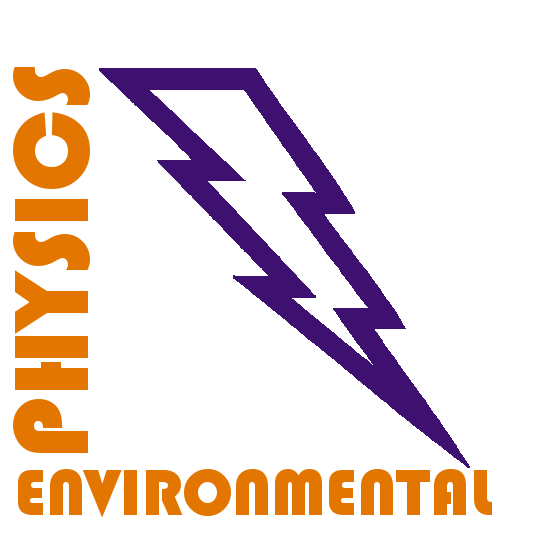Optical and electrical investigation of plasma generated by high-energy self-stabilized spark ignition system
Janda M., Korytchenko K., Shypul O., Krivosheev S., Yeresko O., Kasimov A.
Physics of Plasmas 30 (5), 053501, doi: 10.1063/5.0141261 (2023)
download
|
|
Abstrakt: Spark discharge plasma is commonly used for ignition in internal combustion engines. The environmental performance of internal
combustion engines with forced ignition is improved when operating under lean mixture conditions. High-energy ignition systems are
needed to ensure reliable ignition of lean mixtures. The ignition of a combustible mixture is influenced by several plasma parameters, such as
the temperature of its various components, the size of the plasma, and the deposited energy. It is, therefore, beneficial to know these parameters. Here, we present optical and electrical investigation of plasma generated in ambient air by a novel high-energy self-stabilized spark ignition system. The electrical investigation showed two high current pulses, with the current amplitude of around 40 and 150 A. The energy is
deposited to the spark gap mainly during the second current pulse, and it is increasing from 213 to 541 mJ with the increasing gap size from
3 to 13 mm. The energy efficiency increases with the gap as well, from around 23% to 58%. Time-resolved emission spectra enabled us to esti-
mate the evolution of the gas temperature, electron excitation temperature, and electron density in the generated plasma. It was found that the highest electron density, 3-4x10^17 cm-3, correlates with the maximum of the second pulse current. We observed a specific plasma evolution between the two current pulses, with an increase in temperature from 4500 to 7500 K and a contraction of the plasma channel diameter from 3.3 to 0.5 mm.
|
Citácie: | 1.) | Tang, Y., Lou, D., Fang, L., Wu, X., Wang, Z., Zhang, Y., 2024. Investigation on the lean-combustion characteristics of non-uniform orifice pre-chamber spark plug in low engine speed working conditions compared with high energy spark ignition. International Journal of Engine Research 25, 2001–2017. https://doi.org/10.1177/14680874241261104
(2024)
------------- |
|

